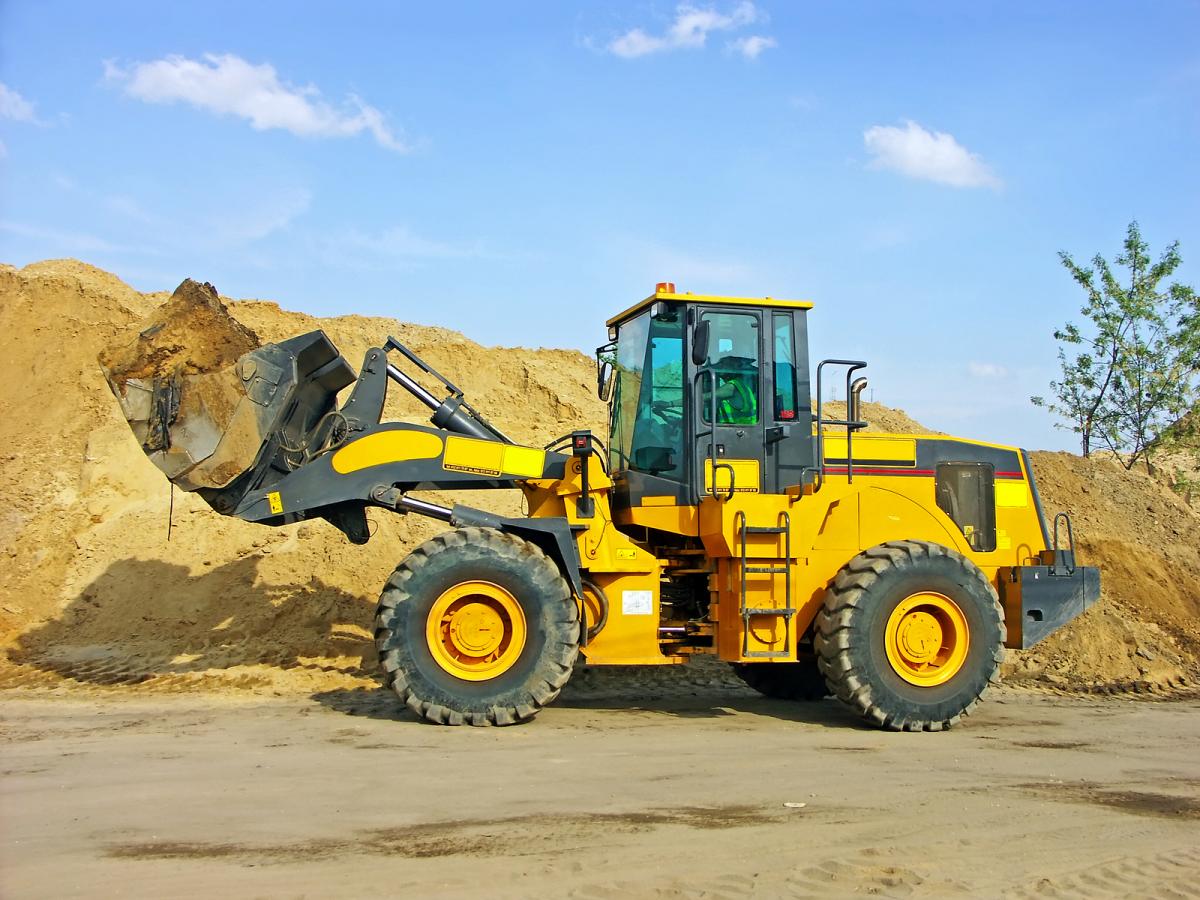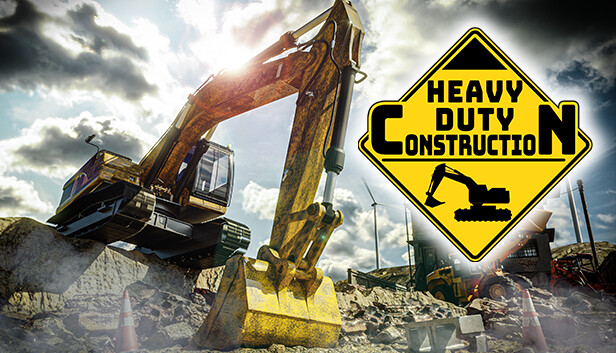Discover Our Equipment Rental Company for High-Quality Dozer Rental and Scissor Lift Rental Services
Discover Our Equipment Rental Company for High-Quality Dozer Rental and Scissor Lift Rental Services
Blog Article
Important Tips for Handling Hefty Equipment Rental Contracts and Logistics Successfully
Properly managing heavy equipment rental arrangements and logistics is essential for the success of any type of project that relies on these resources. A detailed understanding of rental terms, paired with precise evaluation of devices demands, lays the foundation for beneficial arrangements. In addition, coordinating transport logistics and intending for ongoing upkeep can substantially reduce unexpected expenses and hold-ups. Nevertheless, the ins and outs of these aspects commonly present challenges that need critical foresight. What are the key factors to consider that can transform these potential risks right into chances for efficiency and cost-saving?
Understand Rental Terms
Understanding rental terms is necessary for effective heavy tools monitoring. Knowledge with the details terms of a rental agreement can dramatically influence functional efficiency and cost-effectiveness. Key components normally consist of rental duration, repayment framework, and upkeep responsibilities. The rental duration defines the duration for which the devices is rented, influencing budgeting and job timelines. Settlement frameworks commonly vary, incorporating daily, weekly, or monthly rates, which require exact estimations to prevent unexpected costs.
In addition, it is essential to comprehend the upkeep commitments detailed in the arrangement. Usually, rental firms keep the equipment, but comprehending who is accountable for routine checks and repairs is essential to protect against functional disturbances. Furthermore, terms might consist of clauses worrying obligation for problems or burglary, which can have significant economic implications otherwise properly recognized.

Assess Tools Needs
Analyzing equipment needs is a critical step for any kind of task manager aiming to maximize resource allocation and improve functional effectiveness. This process includes a comprehensive evaluation of the project demands, including certain tasks, timelines, and the sort of tools required to attain preferred results.
Begin by recognizing the scope of the project and the tasks that will certainly be performed. Take into consideration aspects such as the surface, the scale of operations, and any type of possible difficulties that could affect devices choice. Involving with employee that will certainly run the equipment can provide important insights into useful requirements and preferences.

Next, review the ability and abilities of offered equipment options. It is important to match the ideal devices to the jobs available, guaranteeing that it can manage the anticipated workload without compromising safety or efficiency.
Furthermore, aspect in the rental period and regularity of use. Understanding these components can aid figure out whether renting or buying is the most cost-efficient service. By performing a detailed assessment of construction equipment rentals devices needs, project managers can make enlightened decisions that bring about improved performance and reduced operational prices.
Negotiate Successfully
When the devices demands are clearly determined, the next step entails efficient settlement with rental companies to safeguard desirable terms. Begin by looking into various rental business to comprehend their pricing structures, stock schedule, and reputation.
When coming close to the negotiation table, be clear about your requirements, including the sort of equipment, rental period, and any kind of added solutions you might require. This openness allows rental business to supply customized remedies that can meet your certain demands (aerial lift rental). Do not think twice to ask for discounts, particularly for long-lasting services or mass orders, as many firms are prepared to use concessions to protect bigger agreements
These aspects can substantially impact the general expense and should be clearly described in the rental agreement. Make certain that all agreed-upon terms are recorded in writing to stop misconceptions and safeguard your interests throughout the rental period.
Coordinate Transportation Logistics
Working with transportation logistics is a vital aspect of taking care of hefty tools rental contracts. Efficient transport makes certain that tools is delivered promptly and in ideal problem, thereby minimizing downtime and improving task performance. To accomplish this, it is necessary to create a thorough logistics intend that lays out the whole transport procedure from pickup to distribution.
Begin by evaluating the particular transportation demands based upon the kind and size of the equipment included - construction equipment rentals. Involve with reputable transportation companies who concentrate on heavy tools to guarantee they have the essential knowledge and equipment, such as flatbed vehicles or specialized trailers. Go over elements such as weight limits, course restrictions, and needed permits to stay clear of unforeseen hold-ups
Additionally, preserve open interaction with both the rental firm and the transport service provider to coordinate schedules properly. By thoroughly coordinating transport logistics, you can support the honesty of your rental agreement and facilitate smooth task implementation.
Plan for Upkeep and Support

Furthermore, it is vital to interact directly with the rental provider pertaining to upkeep duties. Some agreements might include maintenance as part of the rental service, while in other cases, the onus might fall on the occupant. Recognizing these terms will certainly help avoid unanticipated expenses and obligations.
Additionally, having accessibility to technological support can be very useful. Ensure that the rental firm offers 24/7 support or an emergency situation contact, permitting quick resolution of any type of tools concerns. Educating your team on appropriate tools use and routine checks can additionally dramatically enhance functional effectiveness.
Conclusion
In verdict, effective monitoring of heavy devices rental contracts and logistics hinges on a complete understanding of rental terms, accurate analysis of devices demands, and proficient settlement skills. Highlighting clear communication with all stakeholders stays vital in browsing the complexities of devices leasing and logistics monitoring.
Successfully managing hefty equipment rental contracts and logistics is important for the success of any job that counts on these sources. By extensively evaluating and comprehending these rental terms, businesses can make informed decisions, mitigate threats, and make certain that their heavy tools management straightens with task goals and financial restrictions.Working with transportation logistics is an essential element of taking care of heavy tools rental contracts.In verdict, effective administration of heavy equipment rental agreements and logistics joints on a thorough understanding of rental terms, specific assessment of tools requirements, and experienced arrangement skills. Highlighting clear communication with all stakeholders continues to be important in navigating the intricacies of tools service and logistics monitoring.
Report this page